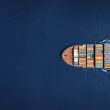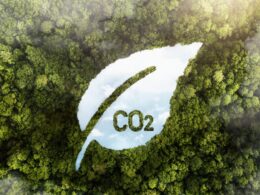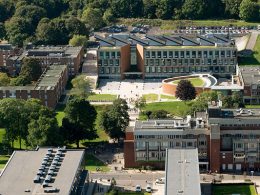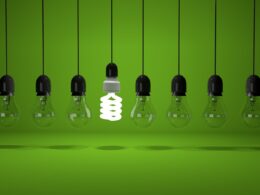Holcim has installed a 24-square-metre artificial reef off the coast of Kiel’s Friedrichsort pier for marine conservation. Designed using innovative CO₂-reduced concrete and 3D printing technology, the reef is part of a broader effort to regenerate marine ecosystems that have suffered from decades of industrial and military activity.
Once a barren seabed and a former marine munitions dumping ground, the site is now undergoing ecological transformation. The artificial reef is composed of 400 individual blocks made from Holcim’s sustainable X-ECO marine concrete. Several blocks incorporate biochar and bio-active additives to promote marine life colonisation. The structure also includes purpose-built “fish hotels” — customised reef modules offering refuge and breeding spaces for local aquatic species.
This installation is a collaboration between Holcim, the City of Kiel, the Helmholtz Centre for Ocean Research Kiel (GEOMAR), the Coastal Research & Management GmbH (CRM), and local divers. GEOMAR is conducting long-term monitoring of the reef’s ecological impact, including fish population dynamics, biodiversity changes, and coral growth.
“We are transforming industrial legacies into nature-positive assets,” said Miljan Gutovic, CEO of Holcim. “This project exemplifies our commitment to climate action and biodiversity, showing how sustainable construction materials can help restore ecosystems while enabling urban and coastal resilience.”
Holcim’s X-ECO marine concrete used in the project is notable for its up to 70% lower carbon footprint compared to conventional marine-grade concrete. The specially designed textures and pores in the blocks are engineered to support rapid colonisation by algae, molluscs, and small fish — re-establishing a thriving food chain in previously lifeless waters.
The reef installation also dovetails with Kiel’s broader coastal development strategy, which aims to integrate environmental restoration into urban infrastructure. In doing so, Holcim is advancing its Nature Positive Strategy, a core element of its NextGen Growth 2030 vision. The strategy prioritises innovations that not only reduce emissions but actively restore and enhance ecosystems.
Local authorities hope the success of the Kiel reef will serve as a model for other ports and coastal cities worldwide grappling with the twin challenges of marine degradation and climate change.
The reef is expected to be fully colonised within a few years, and early observations already show increased fish activity and biofilm development — encouraging signs that the ecosystem is on the path to recovery.





















